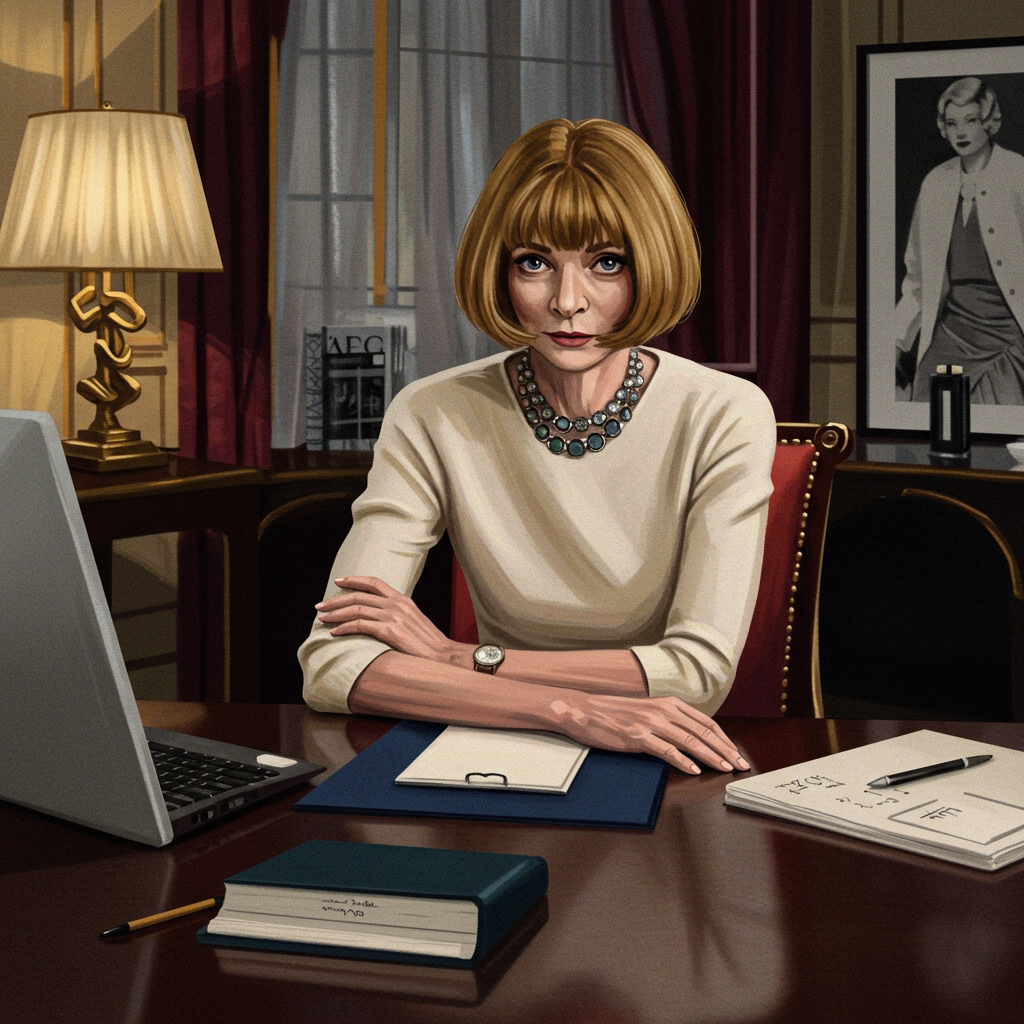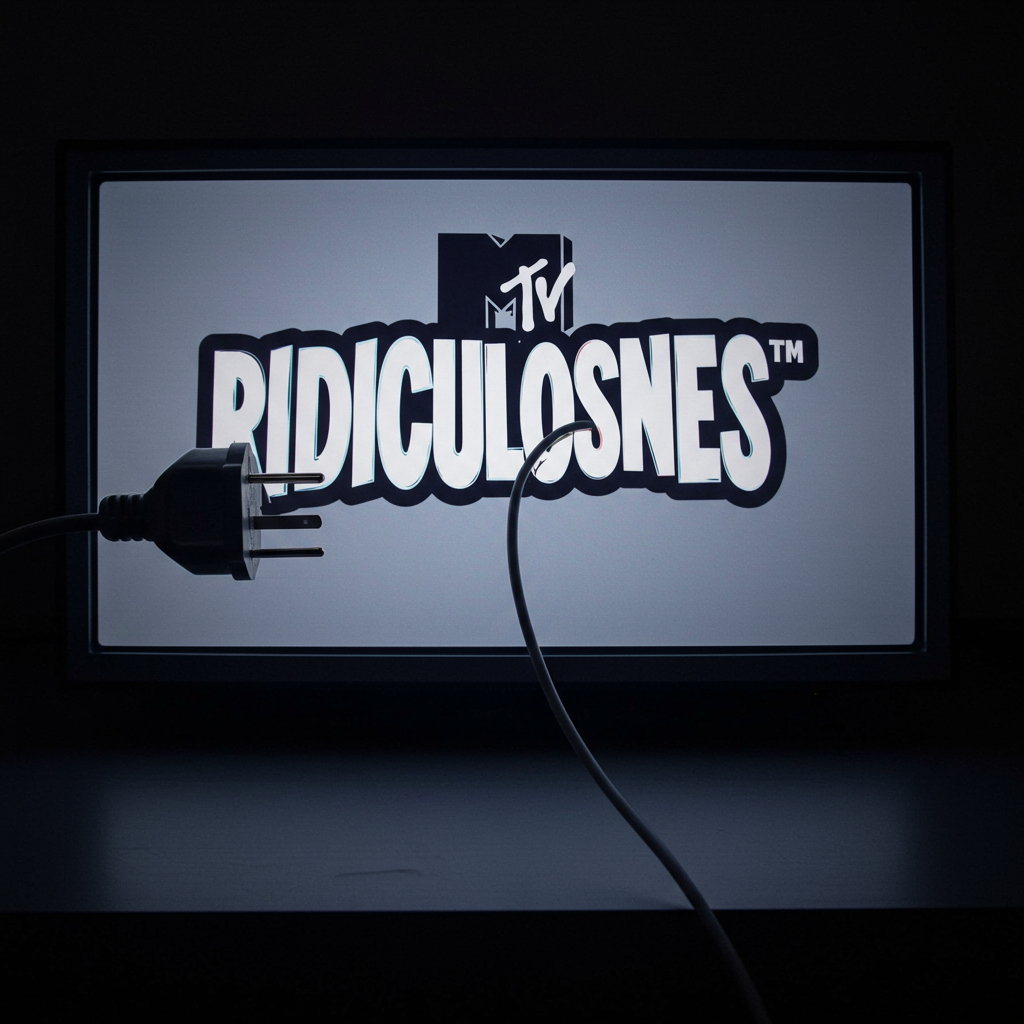End of an Era? Vogue US Searches for New Leader
A significant shift is underway at American Vogue. After a monumental 37-year tenure as the publication’s iconic editor-in-chief, Anna Wintour is stepping aside from the day-to-day editorial leadership of the U.S. edition. Condé Nast has announced a search for a new Head of Editorial Content for American Vogue, signaling a new chapter for the legendary fashion magazine.
However, this change does not mean Anna Wintour is leaving Condé Nast or the Vogue brand entirely. Wintour, 75, will retain her powerful roles as Condé Nast’s Chief Content Officer and Global Editorial Director for Vogue. The search for a new U.S. editorial lead is part of a strategic global restructuring the company initiated four years ago, aimed at streamlining operations under global brand leadership.
Wintour’s Expanded Global Influence
In her capacity as Chief Content Officer, Wintour oversees editorial direction and content strategy across nearly all of Condé Nast’s extensive global portfolio, which includes major titles like Vanity Fair, GQ, AD, Glamour, Wired, and Bon Appétit, among many others. The notable exception is The New Yorker, overseen by David Remnick.
The introduction of a dedicated Head of Editorial Content for American Vogue aligns with this global model, where individual market editions (like those in the UK, France, China, Japan, etc.) have their own local editorial heads reporting to a global director – in Vogue’s case, Wintour herself. This new structure is designed to allow Wintour more time and flexibility to focus on her expansive global responsibilities, equally supporting all markets and steering the overarching vision for Condé Nast and the Vogue brand worldwide.
Wintour confirmed the change to staff in an editorial meeting, framing it as an exciting opportunity for growth and to support the next generation of talent in a creative field. She stated her current pleasure comes from helping “the next generation of impassioned editors storm the field with their own ideas, supported by a new, exciting view of what a major media company can be.”
An Enduring Figure in Fashion
Despite stepping back from the daily editorship of the U.S. magazine, Anna Wintour remains deeply involved in shaping the future of Vogue and the broader fashion industry. Her ongoing responsibilities include a close focus on the fashion world, overseeing the prestigious Met Gala (which she co-chairs and recently helped raise a record $31 million), charting the course for future Vogue World events, and developing other original projects. She even humorously added she will remain the “tennis and theater editor in perpetuity.”
A Legacy of Transformation
Wintour’s impact on American Vogue since taking the helm from Grace Mirabella in 1988 is undeniable. She immediately began reshaping the magazine, pivoting away from the “very perfect” and traditional aesthetic of the past. Her groundbreaking first cover in November 1988 featured model Michaela Bercu in a relaxed pose by Peter Lindbergh, pairing $50 jeans with a $10,000 Christian Lacroix couture sweater – a bold statement mixing high and low fashion that broke industry norms. She also famously featured men and celebrities on covers, trends that the industry soon followed.
Her distinctive bob haircut, dark sunglasses, and commanding persona were so recognizable that they inspired the character of Miranda Priestly in “The Devil Wears Prada,” written by her former assistant Lauren Weisberger. Throughout her extensive career, Wintour has been a fierce champion of emerging design talent, notably co-founding the CFDA/Vogue Fashion Fund in 2003, which has provided mentoring and over $8 million in grants to support rising American designers. She also spearheaded initiatives like Fashion’s Night Out to support retail, particularly after economic downturns.
Industry Reflects on Wintour’s Impact
The news prompted widespread reaction from industry figures, many praising Wintour’s unparalleled influence and legacy. Designers like Calvin Klein and Thom Browne, along with editors and retail leaders, acknowledged her transformative power, her skills in brand-building (both for Vogue and herself), and her unwavering support for the fashion business and emerging creatives.
Ariel Foxman, former editor of InStyle, noted that Wintour “created a platinum standard” for fashion editors, elevating the role beyond perceived frivolity to one of significant financial and cultural power. Many expressed that replacing her unique combination of authority, vision, and influence would be incredibly challenging.
The Psychology of an Icon
Adding a unique perspective, research psychologist Jennifer Heinen suggested Wintour’s power stemmed from a rare fusion of aesthetic authority and emotional distance, fostering both fear and reverence. This dynamic, Heinen argued, positioned fashion with status and acceptance, making it aspirational yet potentially unachievable. While her consistency provided symbolic safety, this transition might signal a shift in the industry’s tone from “elite aspiration” towards “emotional authenticity and social resonance,” potentially allowing multiple voices more influence in the future.
Navigating the Evolving Media Landscape
The search for a new U.S. editorial head also comes amidst the significant challenges facing traditional print media in an increasingly digital world. As observers like author Amy Odell and curator Valerie Steele noted, authority has shifted online, and media brands must now navigate numerous platforms – websites, social media, podcasts, video – while balancing various revenue models. The new structure, with Wintour focusing on broader strategy across Condé Nast’s diverse platforms and global presence, while a dedicated team manages the U.S. edition’s daily output across formats, appears designed to address the complexities of this evolving landscape.
A New Chapter Begins
The search for the new Head of Editorial Content for American Vogue is now underway. Wintour has stated she is looking for someone who will “challenge us, inspire us, and make us all think about Vogue in a myriad of original ways.” While her own “stamp” on the magazine will be missed in the day-to-day, she remains integral to the brand’s future direction, tasked with selecting the leader who will guide American Vogue into its next era under her continued global oversight. It’s a pivotal moment, marking both the end of an historic editorship and the beginning of a strategically reorganized future for one of fashion’s most powerful voices.



